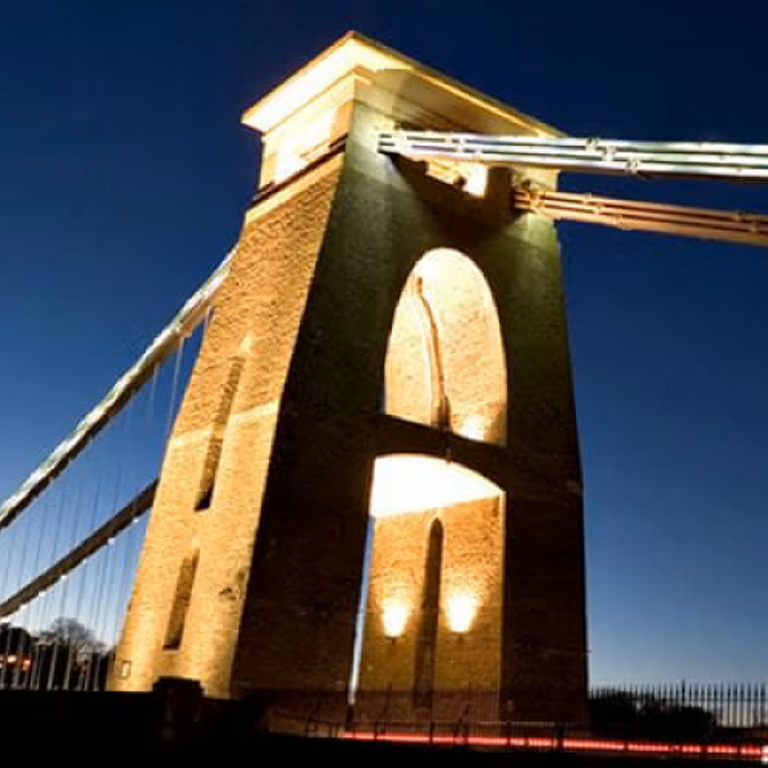For property owners and investors – buildings insurance should provide a crucial safety net, protecting property assets against unforeseen events.
It should step in to cover the cost of repairs or rebuilding work after an insured event like fire or flood, but for all too many property owners, across domestic and commercial property that vital protection may not be all it seems.
In fact, recent research has found that 80% of UK properties are underinsured – to put that in context, that’s around 587,000 high net worth homes and commercial property with a total value of £340 billion standing without adequate buildings insurance.1 What’s more, those numbers are heading in the wrong direction, having risen from 580,000 and £325 billion respectively in the space of 12 months.2
Disastrous outcomes
This insurance gap is not something that any property owner or investor can afford to ignore, because it can have a significant financial impact if the time comes to make a claim. Research tells us that on average, underinsured buildings are covered for just 68% of the amount they should be.1 In practice that could lead to two potentially disastrous outcomes in the event of a claim.
First, the insurer could apply a ‘Condition of Average’, a clause in many building insurance contracts that enables insurers to reduce claims on underinsured properties by the corresponding percentage. For example, a property owner claiming £100,000 to cover repair or rebuild work after an insured incident could only receive £68,000 in settlement if only 68% of the property value is covered by insurance.3
Second, and even worse, in significant cases of underinsurance, the insurer could even say that the policy is void as the client failed in their duty of fair presentation under the Insurance Act – and remember, it is the responsibility of the property owner to ensure that valuations provided for insurance purposes are accurate.3
So what is behind this alarming trend? It boils down to a number of issues.
Inaccurate property valuations
There is a common misconception that a property’s market value and its insurance value are interchangeable. In reality, an insurance valuation refers to the cost of rebuilding a property, which would include a range of costs not covered by a market valuation.
They include materials and labour, but also the cost of site access and the rebuild value of areas surrounding the property, such as car parks, outbuildings, or trees. The bottom line is that a property value for insurance purposes must mirror the definition of buildings set out in the policy.3
Rising construction costs
To make matters worse, even buildings that were accurately valued when a policy was taken out may be tipping over into underinsurance now, because of steep rises in the cost of building materials and labour. Clearly, that means the situation is worsening for any property that is already underinsured due to an inaccurate valuation.
The facts are stark. Pent up construction demand built up during COVID-19 lockdowns, along with the effect of Brexit on EU imports and the loss of around 1.5 million foreign workers since the beginning of 2020 have driven construction prices up by as much as 15% in 2021.4
Meanwhile, price rises for specific building materials have been even higher – timber prices have risen by 20-50%, while the cost of sheet materials like oriented strand board has more than doubled. At the same time, heightened demand for construction materials overseas has also extended lead times for virtually all materials, which may again add costs to a building works.4
Indexing and day one uplifts lagging behind?
It would be easy to assume that property owners are insulated against these rising costs by inflation indexing for residential property and day one uplift clauses in commercial buildings insurance, both of which are designed to defend against the impact of inflation on rebuild costs.5
However, with building material cost increases far outstripping baseline inflation and the retail price index, this may be a false sense of security - because an inflation linked uplift in cover will almost certainly fall short of the actual increase driven by material and labour costs.6
Act now to address underinsurance
The bottom line, according to the research, is that 80% of UK properties are underinsured and those properties are on average only insured for 68% of the true value.
With that in mind, property owners – particularly high net worth residential and commercial properties – should act now to review buildings insurance policies, paying particular attention to the accuracy of rebuild costs and sums insured.
For those in doubt, help is at hand
To find out the reinstatement value of your property, or any other information about our services, please contact your Marsh Commercial account executive or email riskmanagement@marshcommercial.co.uk.
At Marsh Commercial we work with RebuildCostASSESSMENT to offer our clients the peace of mind that comes with accurate insurance valuations based on multiple data sources.
Visit our property underinsurance hub for more information.
Sources:
1. RebuildCostASSESSMENT - Infographic 2021
2. Property Underinsurance Infographic
3. Why Rebuild Cost Assessments
4. Construction costs - Rebuild Cost Challenges 2021
5. flat-living.co.uk/advice/90-what-is-the-difference-between-index-linking-and-day-one
6. Construction costs 2021
Real-world insight that we don't share anywhere else
Get access to exclusive help, advice and support, delivered straight to your inbox.
Is your property fully insured?
We work with RebuildCostASSESSMENT* to offer our clients the peace of mind that comes with accurate insurance valuations based on multiple data sources. *subject to qualifying criteria.









